The Seamlessly Representation Translation of Material BRDFs between Different Renderers and Applications
Date:
In order to exchange material seamlessly between renderers and applications, we proposed a appearance-driven method for approximate translation of material BRDFs
V-Ray Material to Unreal Engine 4 PBR Material
This blog will describe a basic workflow for material translation, the interfaces in this page are only for examples.
In order to allow users explore their V-Ray assets, particularly material assets in real-time rendering application, for example, Unreal Engine 4(UE4), we started a project to exchange material seamlessly between different renderers.
Parameters
Material representation in V-Ray can be expressed as different BRDFs. However, mostly users are recommended to use a template called BRDFVRayMtl, as shown below in .vrscene file.
BRDFVRayMtl vraymtl {
opacity=1;
diffuse=AColor(0.0, 0.0, 0.0, 1.0);
roughness=0;
roughness_model=0;
compensate_camera_exposure=0;
reflect=AColor(1.0, 1.0, 1.0, 1);
reflect_glossiness=1.0;
hilight_glossiness=1.0;
hilight_glossiness_lock=1;
fresnel=1;
fresnel_ior=1.6;
fresnel_ior_lock=0;
reflect_subdivs=8;
reflect_trace=1;
reflect_depth=5;
reflect_exit_color=Color(0.0, 0.0, 0.0);
reflect_dim_distance_on=0;
reflect_dim_distance=100;
reflect_dim_distance_falloff=0;
reflect_affect_alpha=0;
refract=AColor(0, 0, 0, 1);
refract_ior=1.6;
refract_glossiness=1;
refract_subdivs=8;
refract_trace=1;
refract_depth=5;
refract_exit_color_on=0;
refract_exit_color=Color(0, 0, 0);
refract_affect_alpha=0;
refract_affect_shadows=1;
self_illumination=AColor(0, 0, 0, 1);
}
Exclude the refraction and opacity factor, We selected the most important parameters here.
interface BRDFVRayMtl {
diffuse: [number, number, number];
reflect: [number, number, number];
reflectGlossiness: number;
hilightGlossiness: number;
hilightGlossinessLock: boolean;
fresnel: boolean;
fresnelIor: number;
fresnelIorLock: boolean;
refractGlossiness: number;
selfIllumination: [number, number, number];
}
In UE4, they define their materials here. We summed up the most important parameters as shown below.
interface UnrealMtl {
baseColor: [number, number, number];
metallic: number;
roughness: number;
specular: number;
emissive: [number, number, number];
}
Experiment
In general, what we need to do is to find a translation function from BRDFVRayMtl to UnrealMtl. Therefore, we need to control the other variables which will affect the final render result, e.g. lighting, geometry, postprocessing, etc.. We built a scene in both V-Ray and UE4:
| V-Ray | UE4 | Diff |
|---|---|---|
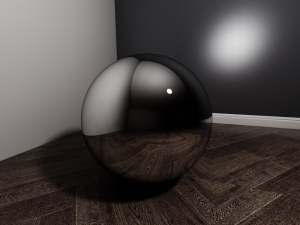 | 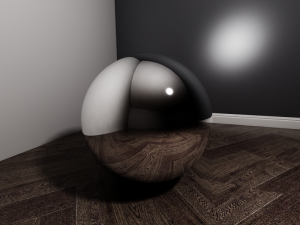 | 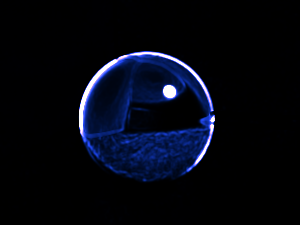 |
Then we random all parameters in BRDFVRayMtl and UnrealMtl, created a large data set for the translation solution. We tried rule-based methods and learning-based methods.
Data & Result
Finally, we had a well translation result in most cases:
| V-Ray | UE4 | V-Ray | UE4 |
|---|---|---|---|
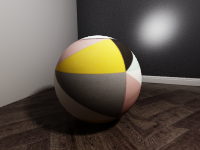 | 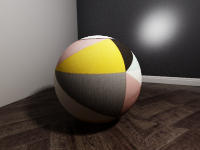 | 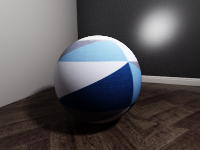 | 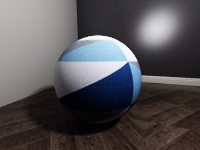 |
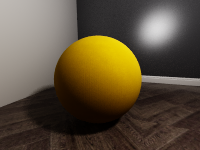 | 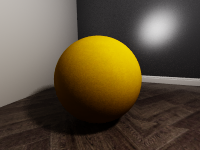 | 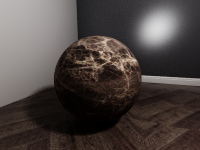 | 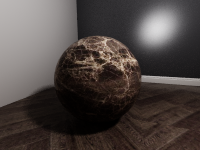 |
 | 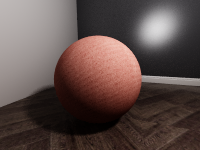 | 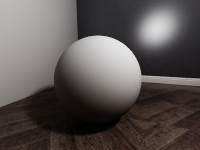 | 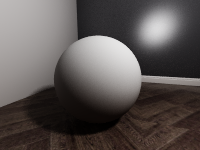 |
Compare with V-Ray for Unreal plugin, our translation performs better, especially in metallic and roughness term:
| V-Ray | Ours | V-Ray for Unreal Plugin |
|---|---|---|
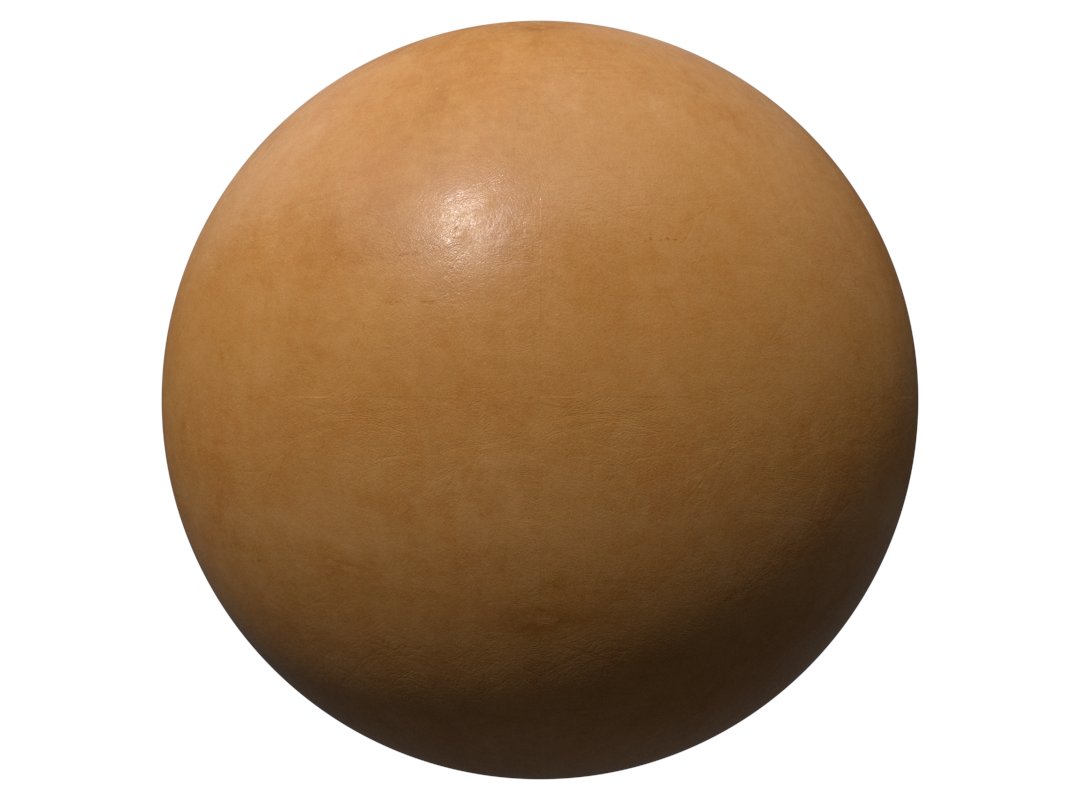 | 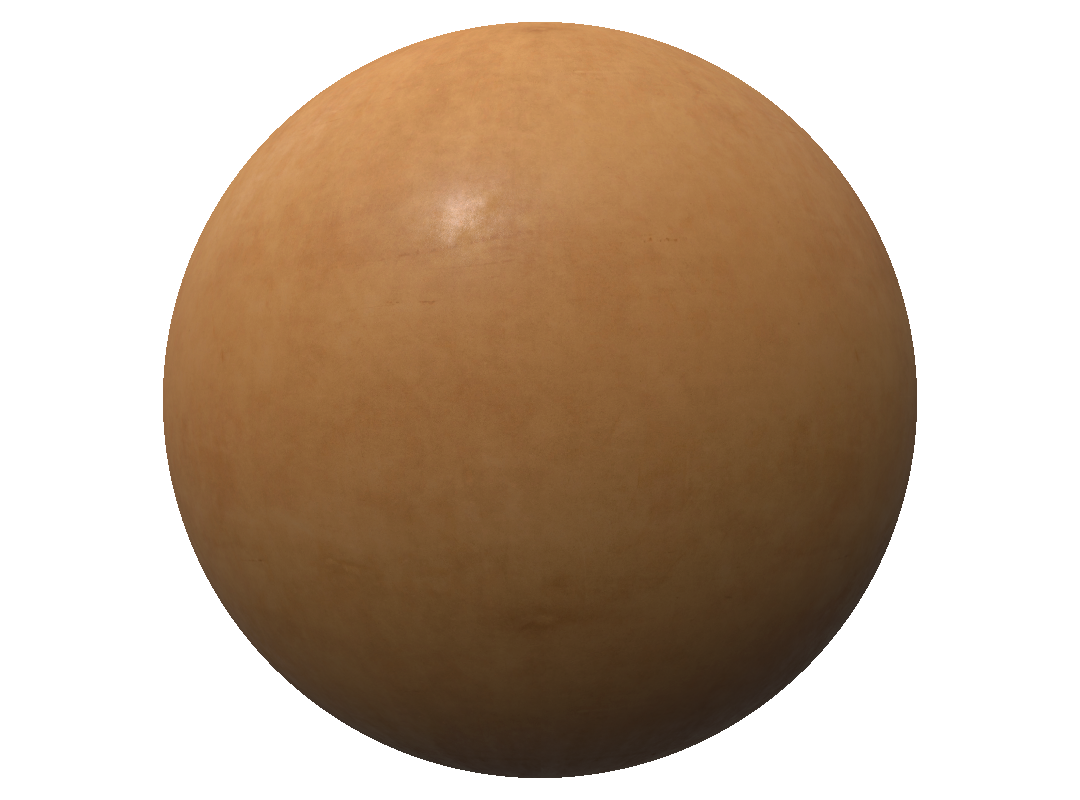 | 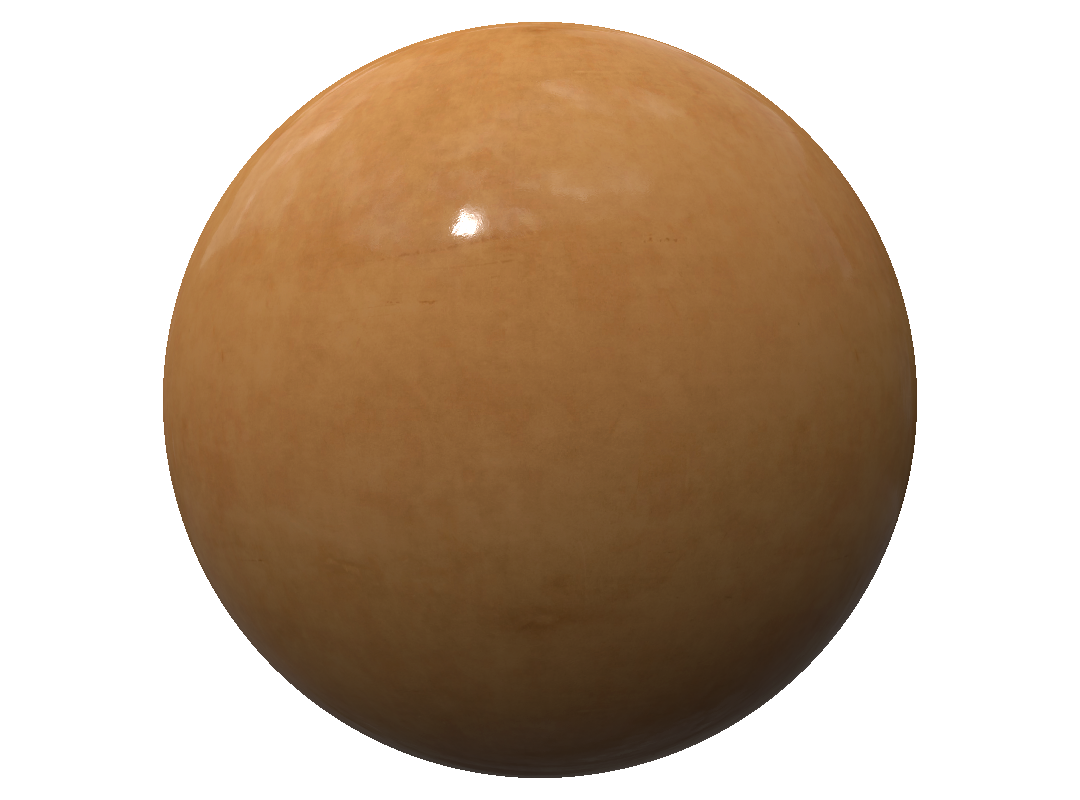 |
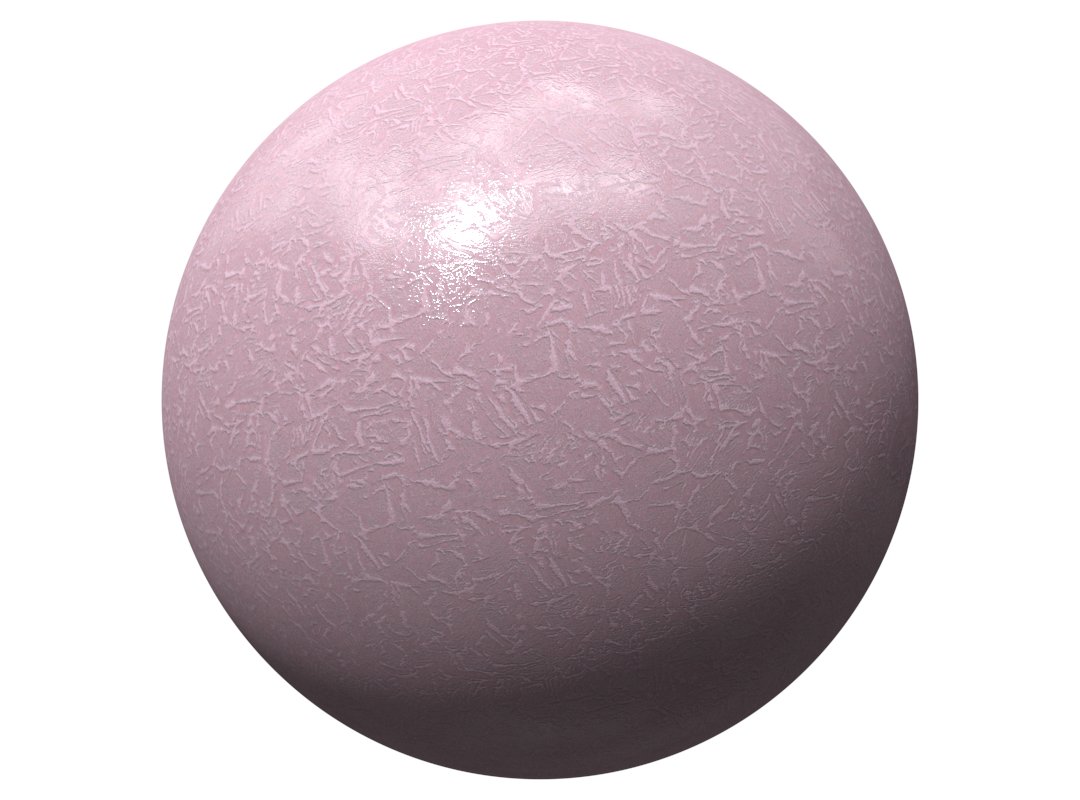 | 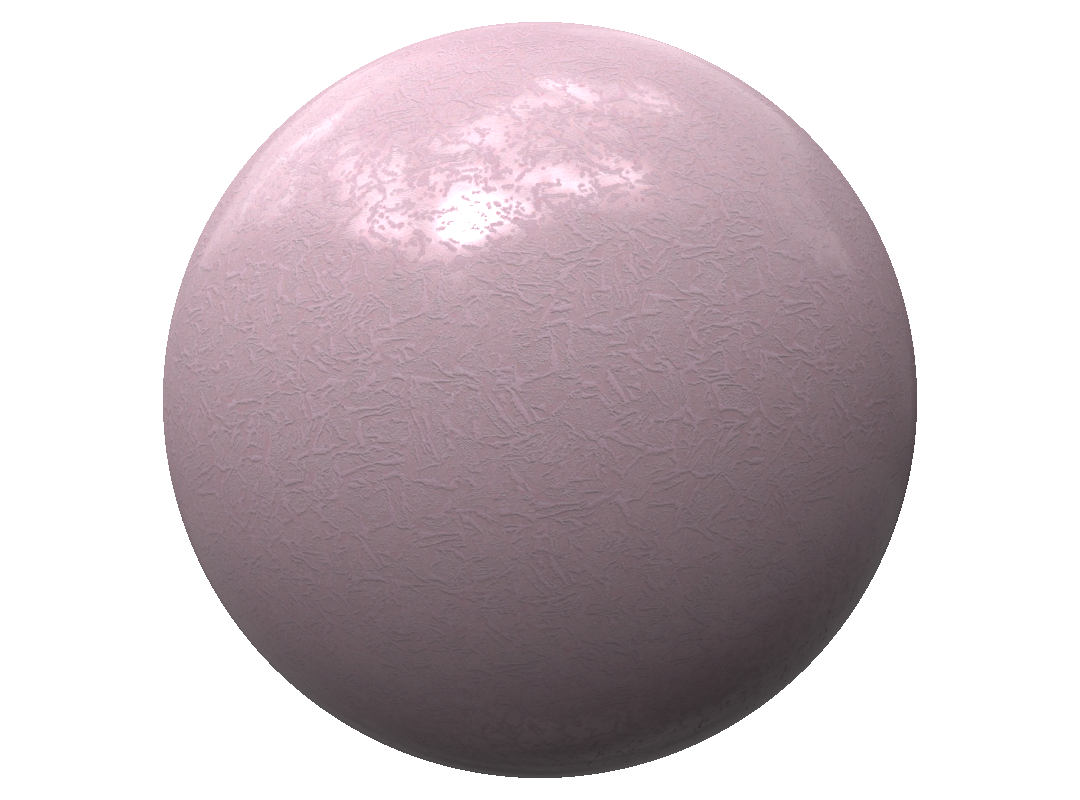 | 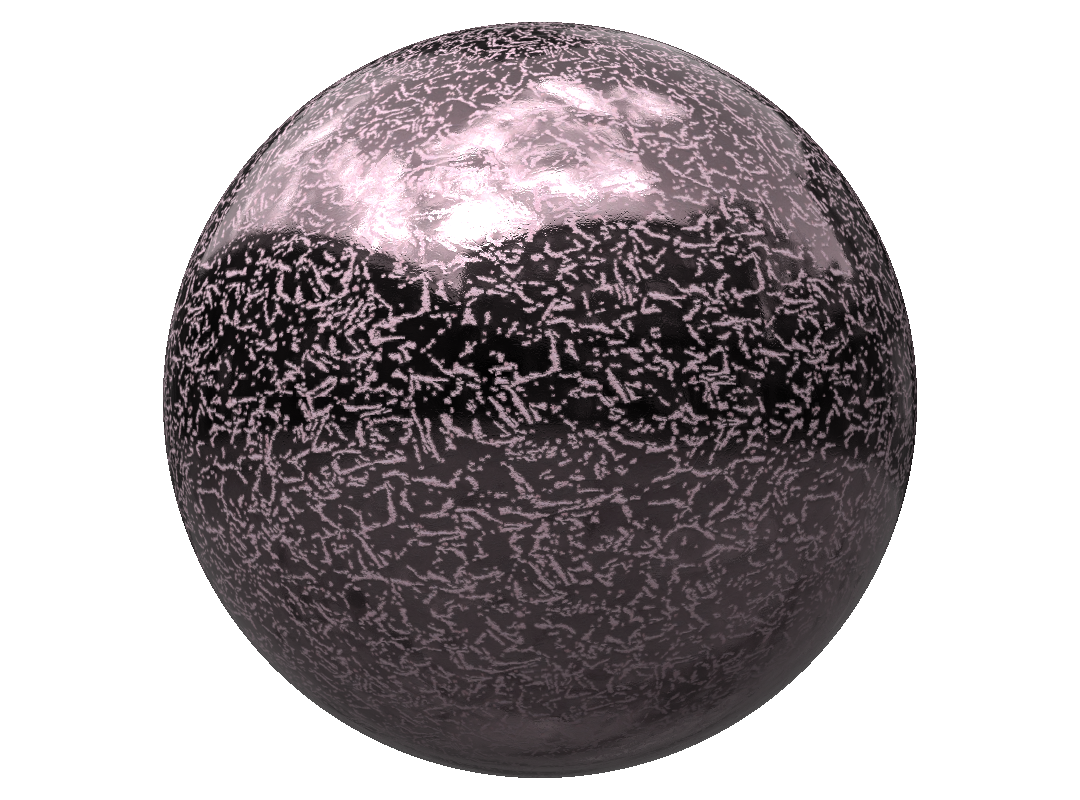 |
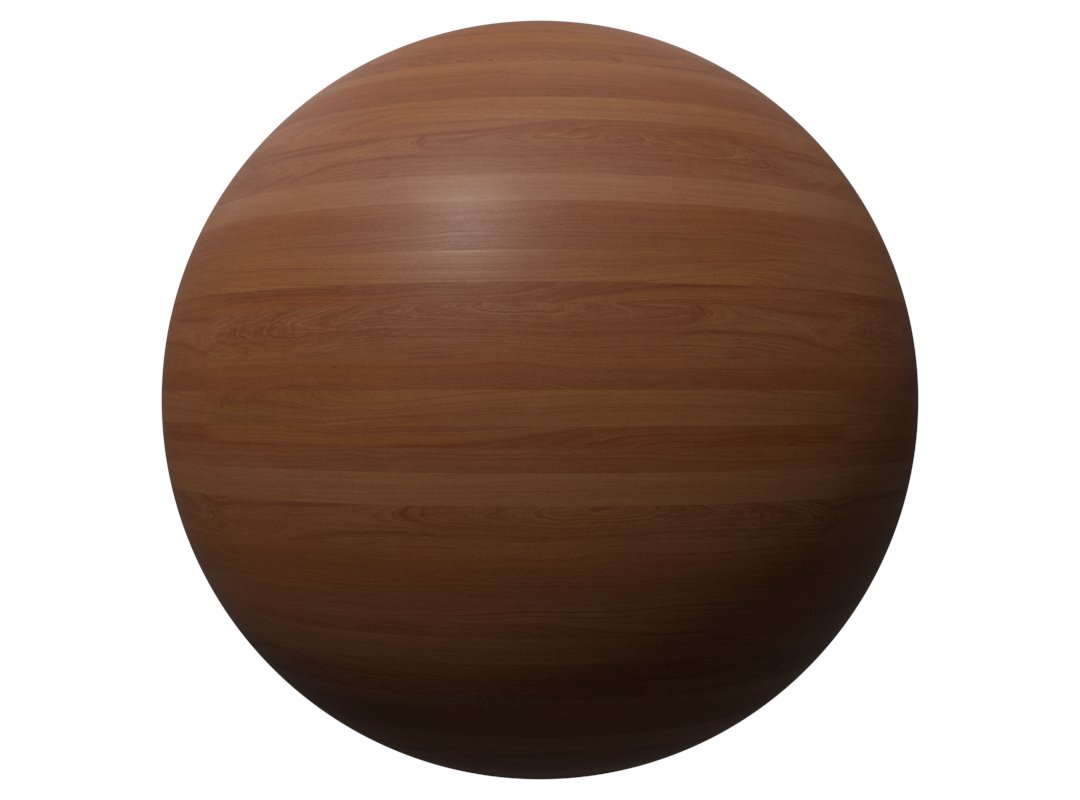 |  |  |
Limitations
However, this translation cannot perform well in all cases, for example:
| V-Ray | UE4 | V-Ray | UE4 |
|---|---|---|---|
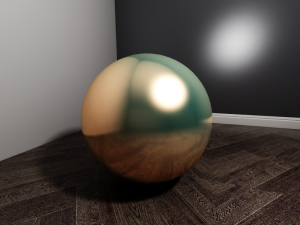 | 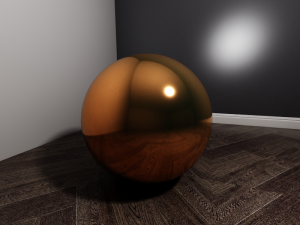 | 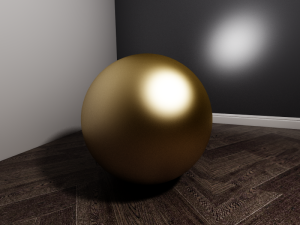 | 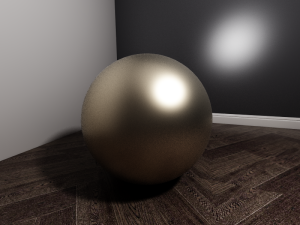 |
 | 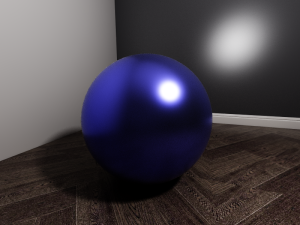 | 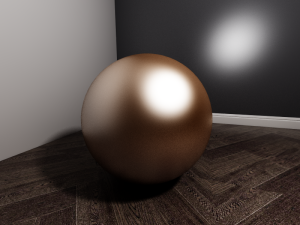 | 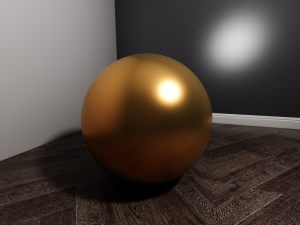 |
It can be explained by the theory of degree of freedom. In BRDFVRayMtl, it has diffuse, reflect that are in RGB space, while in UnrealMtl only baseColor can be expressed in RGB space. Therefore, we can only seamlessly translate the representation of materials between this two applications since we lost some degree of freedom in this translation.
Discussion
Different render applications have their own implementations of material BRDFs, while some of them are not open sourced, e.g. Chaos V-Ray. Chaos did implemented a V-Ray for Unreal plugin to allow their users to export their V-Ray assets to UE4, but as they described,
Automatically converts V-Ray materials to approximate Unreal materials. Original V-Ray materials are used when rendering.
the appearance of material in UE4 real-time rendering is not guaranteed.
In this blog, we generally proposed a workflow that allow material representation translation between different render applications.

